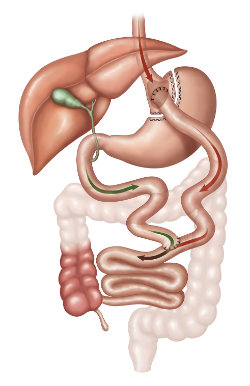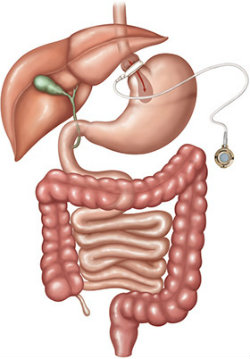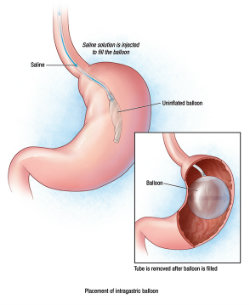Bariatric surgery may be recommended for obese patients who are unable to lose significant weight with diet, exercise and medications. Depending on the patient’s unique condition and health, one of three types of weight loss surgery can be performed and laparoscopic surgical options may be available.
How does bariatric surgery work?
Bariatric surgery reduces the amount of food the stomach can hold to a few ounces, reducing it from football to golf ball size. Reducing the size of the stomach makes one feel full after only a few bites. Bariatric surgery often resolves or improves several obesity-related conditions almost simultaneously.
Why surgery?
Dr. Sanborn briefly addresses reasons why surgery might be the most effective alternative for some patients





